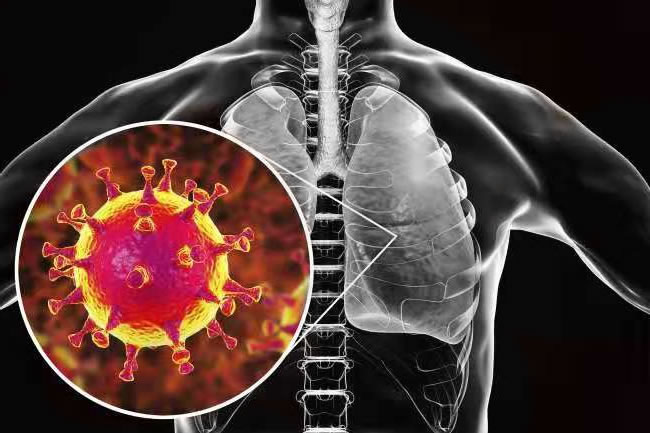Hong Kong doctors found that patients recovered from COVID-19 lose up to 30 percent of their lung capacity.
In the midst of what would be the worst pandemic of the 21st century, serious information and studies are countered by the bad indications of even the organizations and entities that should be the most responsible when informing the citizen,
At this level of danger and declared a global pandemic by the coronavirus COVID-19, the WHO should better channel the delivery of information on the development of said pandemic and not allow messages to be sent that are neither precise nor adequate, such is the case , which we have seen how WHO and CDC personnel from the United States leave the species that COVID-19 presents as a simple and mild flu, in most cases, something that for us is irresponsible for what next.
Hong Kong medical researchers discovered that already recovered patients, in a significant percentage, lose between 20 and 30 percent of their lung capacity.
The medical director of the Authority’s Center for Infectious Diseases at Princess Margaret Hospital, Owen Tsang Tak-yin, revealed that after visiting follow-up appointments with a dozen discharged patients, they found that two or three of them were not able to carry out activities that they previously performed normally.
“They gasp if they speed up,” Tsang explained, adding that after recovery, “some patients may have a reduction in their lung capacity of between 20% and 30%.”
Lung scans of nine patients who were infected with the new coronavirus showed ‘frozen glass’ images in all of them, suggesting that the organs were damaged.
Tsang said that the long-term effects that the disease could leave, such as pulmonary fibrosis, which is a hardening of the tissues of the lung that prevents its proper functioning, still remains to be studied.
The doctor pointed out that physiotherapy sessions will be organized to strengthen the lungs of these patients recovered from COVID-19. Tsang also recommended doing cardiovascular exercises, such as swimming, to help this vital organ gradually recover in the hope that they could regain that lost percentage of their lung capacity and be able to return to their normal lives.
